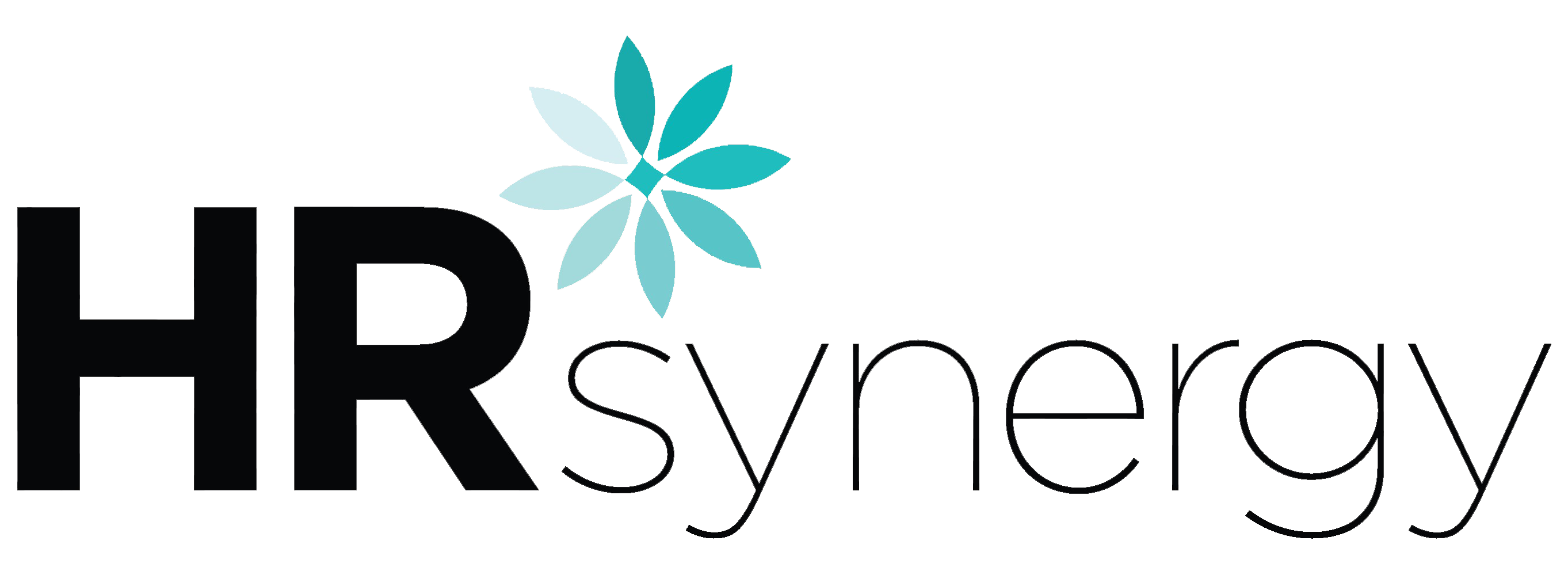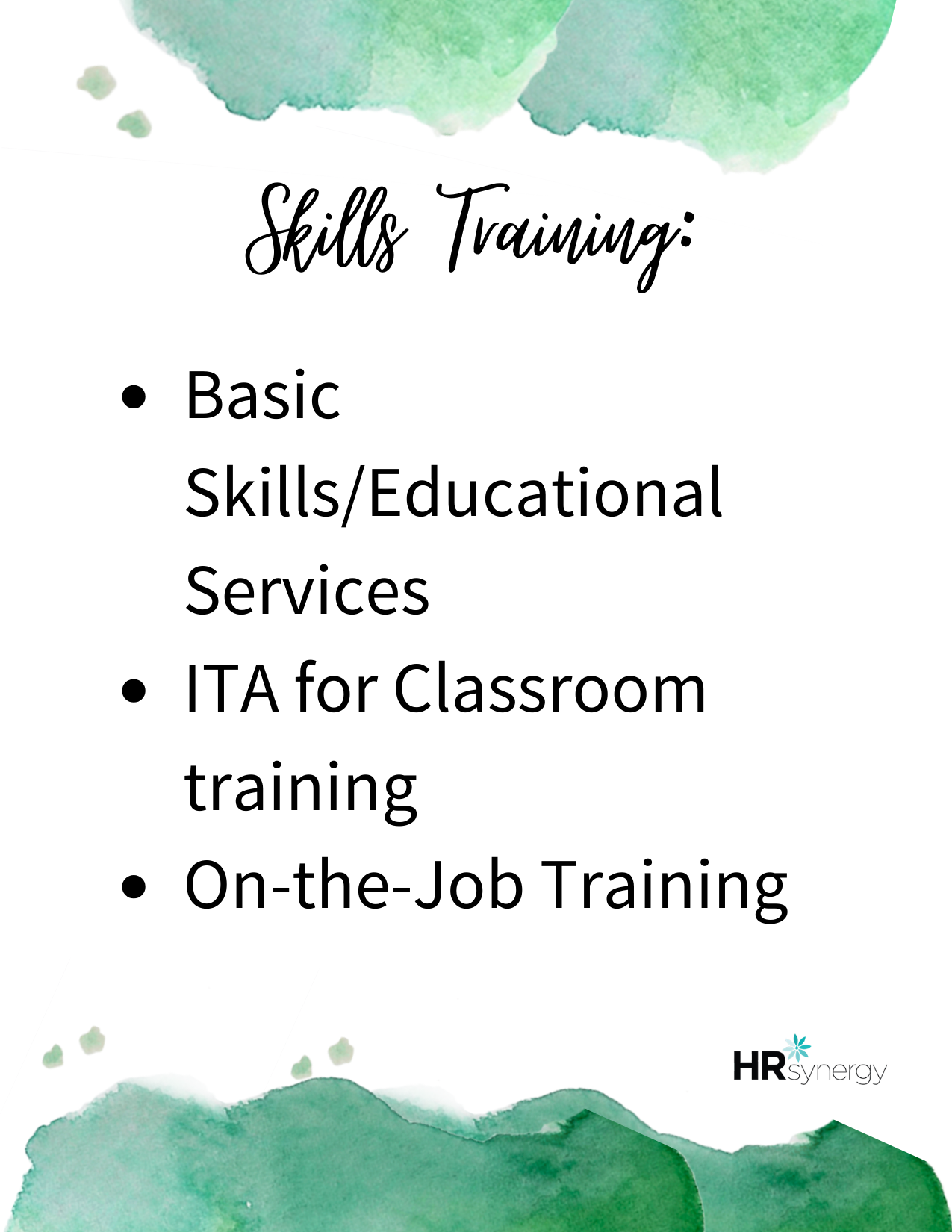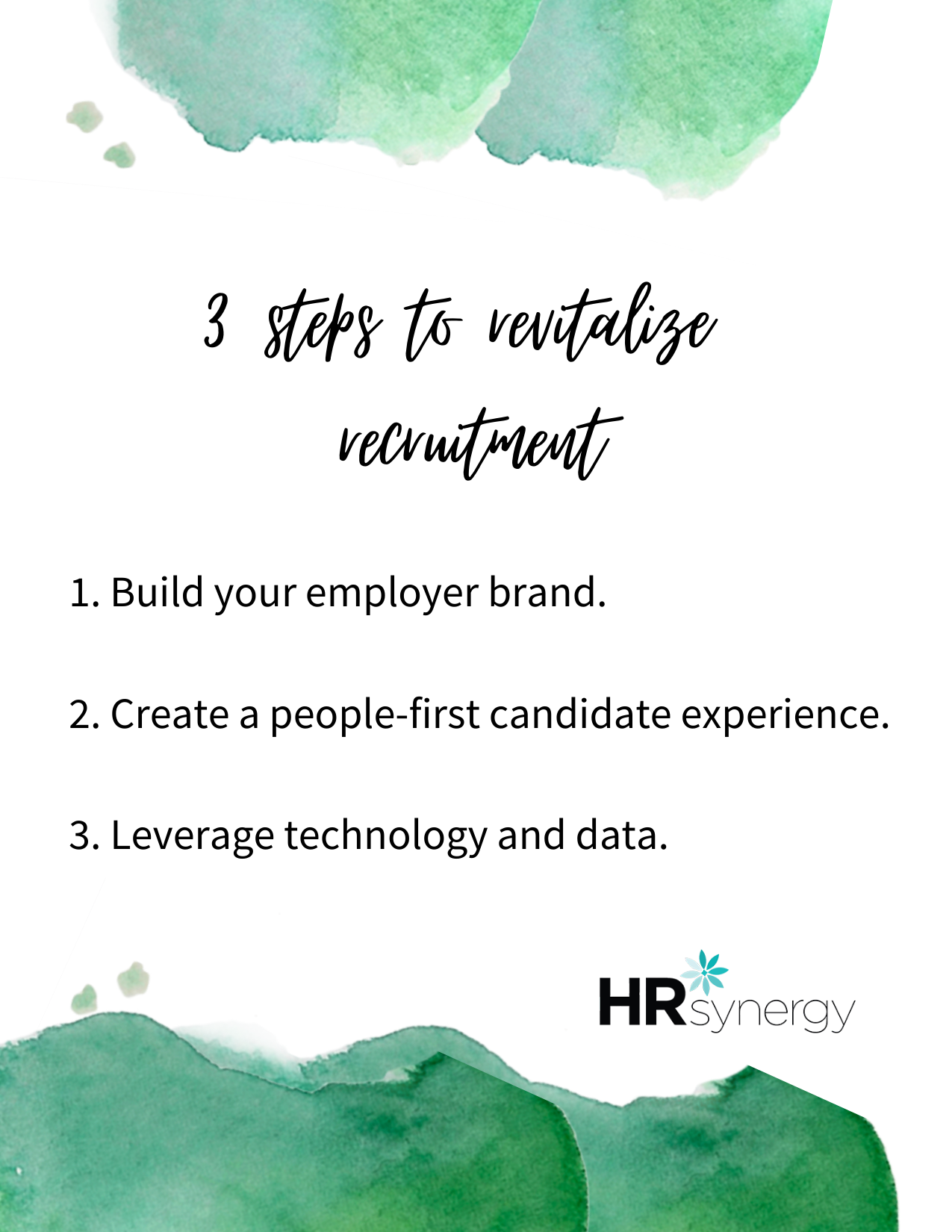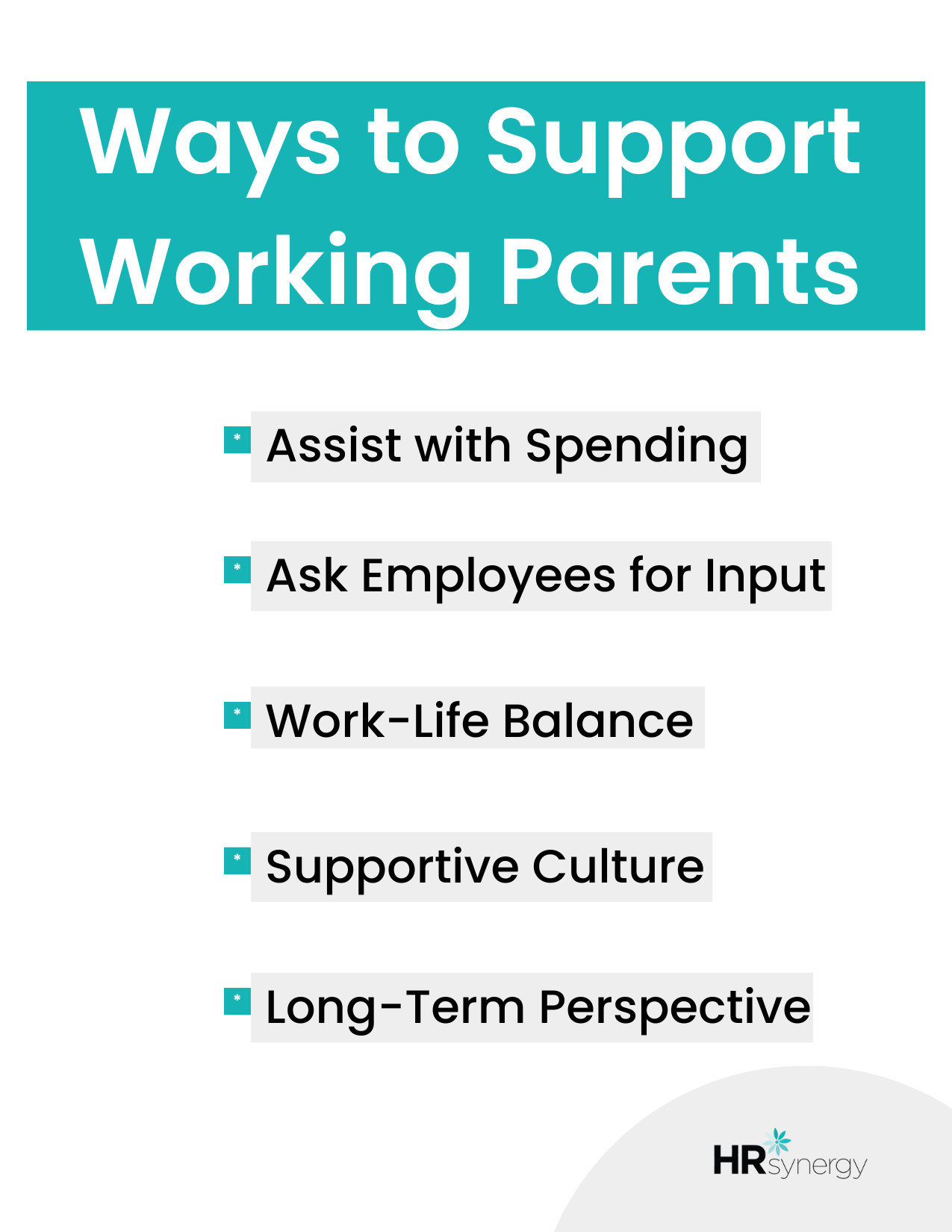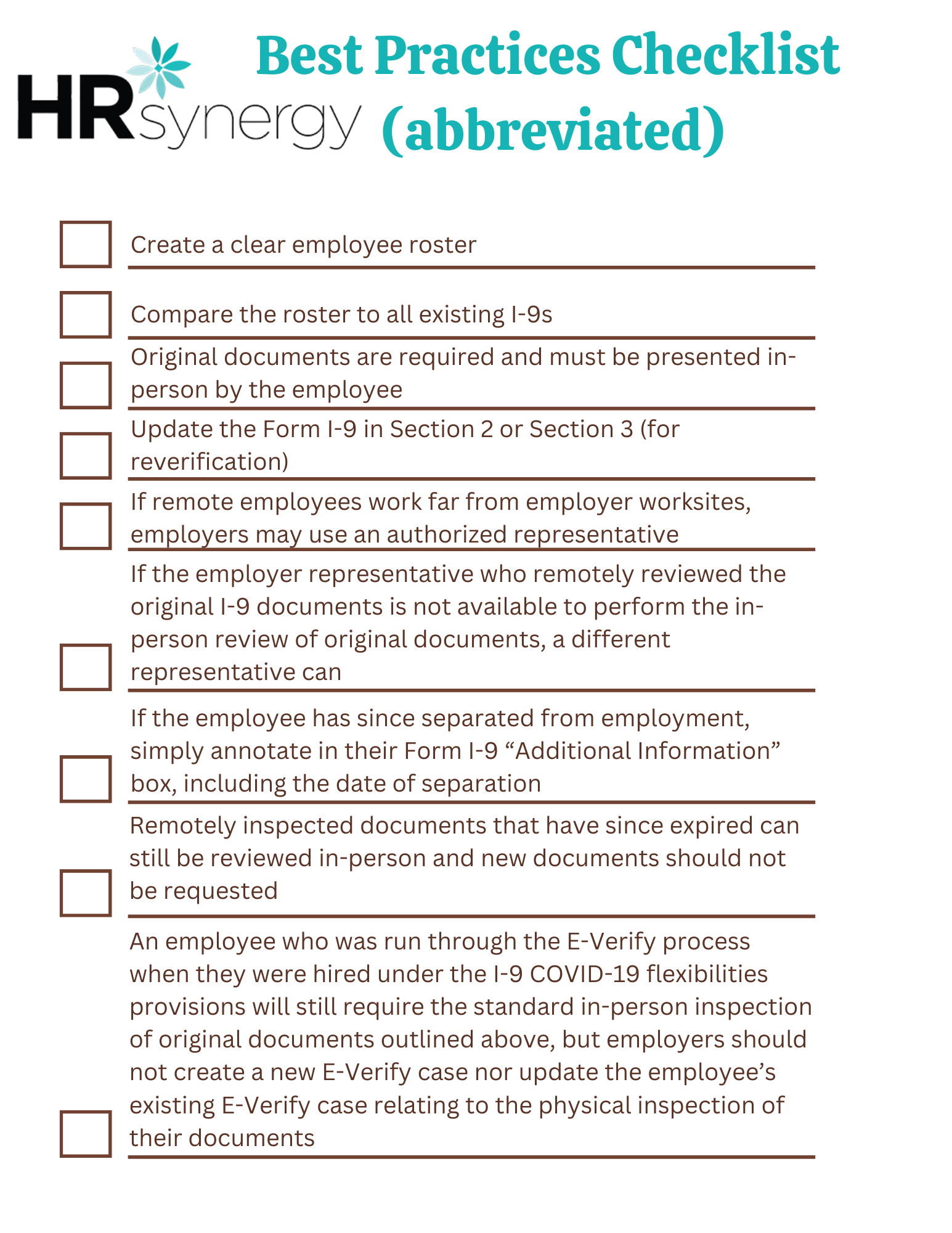The resumption of student loan payments in the United States after a three-year pause has prompted a response from employers. In an effort to attract and retain workers, many employers are now offering student loan repayment support. This response reflects a growing awareness of the burden of student loan debt on employees and a proactive approach by employers to address this issue. Providing such support not only helps employees manage their financial obligations but also serves as a competitive advantage in the labor market, where attracting and retaining skilled workers is a significant challenge for many businesses. Have you considered offering such support?
The statistics from the Employee Benefit Research Institute (EBRI) indicate a significant upward trend in employers offering student loan repayment support. The increase from 17% in 2021 to 34% in the current year suggests a growing recognition among employers of the importance of this benefit.
Experts from the EBRI underscore the broader economic context in which this trend is occurring. Concerns about rising inflation, the threat of a recession, and ongoing labor challenges are encouraging employers to consider innovative ways to attract and retain talent. Student loan repayment support has emerged as one such strategy, enabling companies to enhance their employee benefits packages and address the financial concerns of their workforce.
Despite the threat of a recession, the increase of support from previous years indicates a positive shift in how employers are approaching the issue of student loan debt among their employees. This trend not only reflects a response to immediate economic challenges but also a recognition of the long-term impact such benefits can have on workforce stability and job satisfaction. Employers are increasingly recognizing the burden of student loan debt on their employees, and they are taking various measures to provide support as student loan payments resume.

One option for support you can provide is to offer student loan repayment assistance programs including direct cash subsidies and debt counseling and consolidation. Those providing direct cash subsidies help employees pay off their student loans. Be warned that this choice comes with a high cost and potential for resentment among employees without significant student debt.
Instead you could provide strategies to better oversea their loans. Giving them resources for debt counseling and consolidation services helps employees manage their loans more effectively. Another way to support your employees is through collaboration with lenders. You can work with lenders to refinance employees’ student loans at lower interest rates, reducing the overall financial burden. Specifically in government and nonprofit sectors, employers are offering assistance with federal student loan forgiveness program applications, easing the process for eligible employees.
To attract fresh talent, you might assess offering financial assistance choices for new hires. You can give new hires the option to choose between a signing bonus or a significant student loan repayment amount, allowing employees to decide which option suits their needs best.
A different mechanism to assist your workers is through innovative benefit packages. Consider exploring alternative benefits such as contributions to children’s college funds, providing valuable financial support for employees’ families. Also examine the merit of matching employee payments toward their student loans with contributions to their 401(k) plans under the Secure Act 2.0, encouraging employees to both pay off their debts and save for retirement simultaneously.
Employers are increasingly recognizing the importance of student loan repayment support in attracting and retaining talent. While various options are being explored, the landscape is evolving, with potential future changes influenced by economic factors and legislative developments like the Secure Act 2.0. The introduction of the Secure Act 2.0, designed to incentivize retirement savings while addressing student loan debt, represents a significant step forward in employer-based student loan repayment support. The Act allows employers to match employee payments toward student loans with contributions to their 401(k) plans. While this approach has gained traction, there are uncertainties about its impact, particularly in the face of economic challenges like a potential recession.
The EBRI report suggests that more employers are adopting the 401(k) student loan match approach. Currently, 42% of employers offer this benefit, and an additional 23% are expected to do so in the coming years, indicating a growing trend in employer support for student loan repayment.
The three biggest concerns regarding the Secure Act 2.0 that you should consider before application are administrative challenges, the potential impact on contributions, and economic factors. While the Secure Act 2.0 aims to address administrative hurdles, there may still be challenges in implementing and managing these programs effectively. There is a concern that employees might opt for minimum student loan payments, neglecting contributions to their 401(k) accounts. This could affect their long-term financial security, especially in retirement. Economic uncertainties, including the possibility of a recession, could impact employer decisions regarding student loan repayment support. In times of economic downturn, some employers might reevaluate these benefits, potentially reducing or eliminating them to manage costs.
In essence, while the Secure Act 2.0 offers a promising solution to address both student loan debt and retirement savings, its effectiveness will depend on how well employers implement and employees engage with these programs. Economic factors will continue to play a significant role in shaping employer decisions, highlighting the delicate balance between offering valuable benefits and managing costs, especially during periods of economic uncertainty. Employers may need to carefully consider the long-term impact of these decisions on their workforce’s financial well-being and overall job satisfaction.
